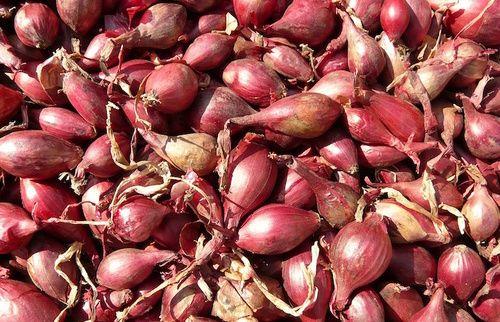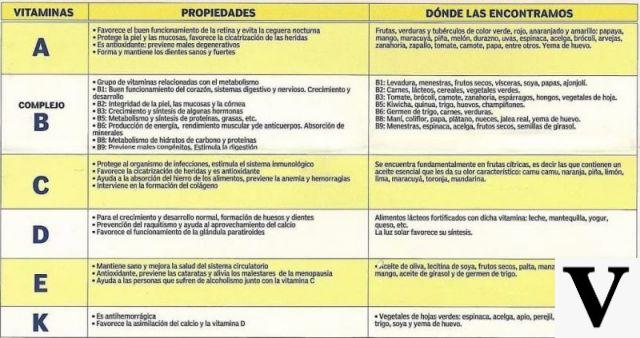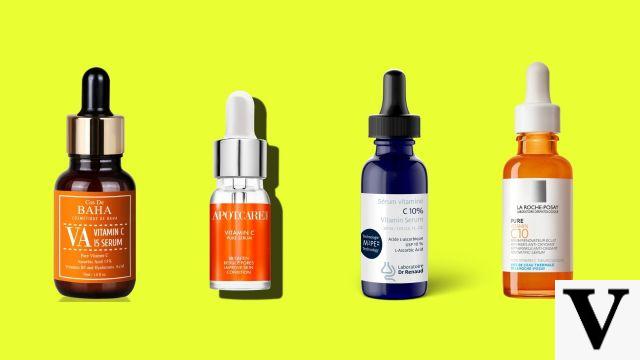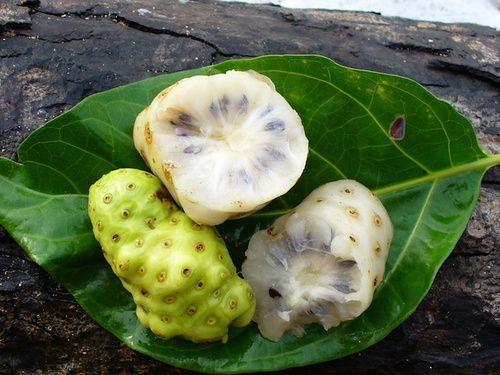generality
The diet to lower cholesterol is necessary for the therapy of subjects who have an excess of this lipid in the blood.
Definition of high cholesterol
Blood cholesterol (cholesterolemia) is measured with specific laboratory techniques.
The excess of this lipid in the bloodstream is called HYPERcholesterolemia.
Blood cholesterol is considered high when, overall, it is above 200 mg / dl.
What are the causes of high cholesterol?
The cholesterol present in the blood is mainly of endogenous origin.
The actual percentage is unclear, but it is assumed that the liver produces up to 70-90%; this means that exogenous dietary cholesterol affects only 10-30% of cholesterol levels.
However, this does not detract from the role of the diet. In fact, there are nutrients that have a positive or negative metabolic impact on the metabolism of this lipid.
The increase in blood cholesterol can mainly be caused by:
- Severe overweight
- Unhealthy diet (see below)
- Sedentary lifestyle
- Genetic predisposition (there are various types)
- Primary diseases (renal failure, hormonal imbalances, etc.)
- Combination of several factors.
Cholesterol and lipoproteins
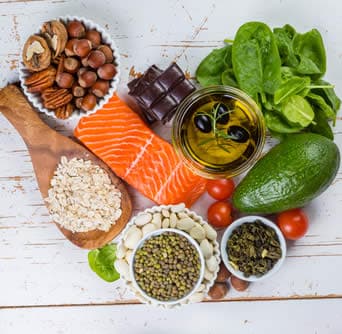 Blood cholesterol is not free (i.e. dissolved or suspended in the plasma), but circulates linked to specific transporters, called lipoproteins.
Blood cholesterol is not free (i.e. dissolved or suspended in the plasma), but circulates linked to specific transporters, called lipoproteins.
There are various types of lipoproteins; the most frequently measured are LDL (commonly called bad cholesterol, because they transport fat to the suburbs) and HDL (commonly called good cholesterol, because they bring the lipid back to the liver).
Total cholesterol is the sum of all circulating cholesterol.
Excess LDL is considered a risk factor for atherosclerosis (it should be equal to or less than 129 mg / dl for healthy people); conversely, HDLs are considered beneficial and protective (normally they should be ≥ 39 mg / dl for men and ≥ 45 mg / dl for women).
What is the action in case of high blood cholesterol?
When hypercholesterolemia occurs, especially related to excess LDL, it becomes necessary to intervene with:
- Diet to lower cholesterol
- Motor physical activity
If this is not enough, it is possible to start drug therapy, while maintaining the dietary and lifestyle changes previously adopted.
What are the symptoms of high cholesterol?
High cholesterol is usually asymptomatic.
The very severe forms, often of a genetic-hereditary nature, can show clinical signs called xanthomas.
In case of serious complications, usually of an atherosclerotic nature, angina pectoris, myocardial infarction, cerebral infarction (stroke), intermittent claudication, cerebral symptoms due to occlusion of the carotid arteries, etc. may appear.
Diet
What are the basic dietary principles in the diet for lowering cholesterol?
To lower cholesterol in the diet, you need to:
- If present, treat overweight, particularly when it leads to obesity (body mass index or BMI ≥ 30)
- Minimize foods that contain saturated fatty acids, hydrogenated fatty acids, trans fatty acids and cholesterol.
- Only if deficient, increase the fraction of essential omega 6 fatty acids
- Increase the fraction of omega 3 essential fatty acids
- Increase fiber, lecithins, phytosterols and phenolic antioxidants
How to Eat
Practical tips for a diet aimed at lowering cholesterol
The practical suggestions related to "what to eat" and "what to avoid" can be summarized as follows:
- In case of overweight or obesity, it is necessary to reduce the total calories, carefully distribute the energy nutrients, correctly divide the daily calories in meals and ensure the overall nutritional balance:
- In a person who does not show a high cardiovascular risk, it is sufficient to eliminate about 30% of the total energy, ensuring a weight loss of approximately 3 kg per month.
- The breakdown of carbohydrates, lipids and proteins can be "standard" for the Mediterranean diet; must take into account any comorbidities (for example type 2 diabetes mellitus, which needs to keep carbohydrates within a safe limit, especially sugars)
- The heat should be divided into at least 5 meals, preferably 6, of which breakfast takes up about 15% of the energy, lunch 35-40%, dinner 30-35% and secondary snacks 5% each.
- In addition to the principles already described, nutritional balance also affects the achievement of the recommended rations of vitamins, minerals and fiber. In addition, it is advisable to pay attention to the presence of useful foods that contain a lot of water, polyphenolic antioxidants, probiotics, etc.
- On a practical level, to reduce saturated, hydrogenated, trans-conformed fats and cholesterol, it is necessary to take into account that:
- In your country's diet, saturated fatty acids are more present in foods of animal nature. They are abundant in semi-solid tropical oils (coconut oil, palm kernel oil, avocado oil, etc.), in fatty cheeses, butter, cream and (a little less) in fatty meats (including offal).
- Hydrogenated fatty acids are as harmful as saturated and even more so if in trans conformation. Hydrogenates, i.e. subjected to industrial hydrogenation, are mainly contained in cheap tropical oils contained in sweet and savory snacks, baked goods and oil for frying.
- Trans fatty acids, once very abundant in hydrogenated oils, are more present in fats subjected to strong physical-chemical stress (for example, prolonged exposure to heat). For example, exhausted oils from deep fryers are very rich in them.
- Cholesterol is contained only in foods of animal origin. They are very rich: offal (brain, liver, heart, kidneys, etc.), egg yolk, butter and fatty cheeses.
- Omega 6 are more abundant (with the exception of arachidonic acid) in foods of plant origin, such as certain oil seeds (for example salicornia and safflower), the germ of all other seeds (including cereals and legumes) and oils that they get out of it. Omega 6s appear to lower LDL cholesterol.
- Increase the fraction of essential omega 3 fatty acids: they do not clearly act on cholesterolemia, but decrease the other risk factors for atherosclerosis. They are mainly contained in blue fish, in those of cold seas, in fish oil, cod, krill, algae and certain oil seeds (for example that of chia and kiwi).
- Increase fibers, lecithins, phytosterols and phenolic antioxidants (in a different way, they reduce the absorption and synthesis of cholesterol and improve its metabolism): these are all nutritional factors abundantly contained in plants. To increase them in the diet, it is advisable to prefer whole grains, increase the frequency of consumption of legumes, respect the recommended portions of fruit and vegetables and do not peel these products.
- If habits are already in place, it is advisable to:
- Prefer red wine to white wine.
- Consume cocoa (also pressed, such as Modica chocolate) instead of normal chocolate.
- Prefer home brewed tea to bottled tea.
- Eat daily: roots with phytotherapeutic properties (for example ginger and turmeric), aromatic herbs (all Mediterranean ones) and other spices.
Butter and eggs
Butter and eggs, after the brain, are the foods richest in cholesterol and for this reason it has long been recommended to limit their consumption.
This recommendation is still valid, but has been debunked by some scientifically confirmed considerations:
- As mentioned in the introductory part, dietary cholesterol only marginally affects cholesterol.
- One of the most important risk factors for cardiovascular disease is being overweight.
- Butter and eggs, although rich in cholesterol and saturated fat, have important nutritional qualities.
- On the contrary, tropical oils (while not containing cholesterol) have a very negative impact on cholesterolemia.
importance of body weight
Excess body fat promotes an increase in cholesterol.
For this reason, it is very important to dose calories well, avoiding food excesses.
Since the calorie constraint is so important, the consumption of foods rich in saturated fats should be limited, not only because of their lipid quality, but also because of their high caloric content.
This is why it is important to limit your consumption of butter without completely excluding it from your diet.
butter in the diet to lower cholesterol
Butter is a less caloric food than olive oil and easily dosable, while eggs are rich in proteins of high biological value and in lecithin, a substance with emulsifying properties that allows it to form a suspension of cholesterol in the blood, avoiding that this goes to settle on the arterial walls.
egg in the diet to lower cholesterol
Eggs have almost double cholesterol content than butter (concentrated in the yolk), while providing about 1/5 of the calories.
It is therefore important to limit the consumption of eggs only in cases of proven hypercholesterolemia or in the presence of other pathologies that require constant monitoring of total blood cholesterol values; in the absence of these contraindications, it is possible to consume eggs with a certain freedom, being careful not to exceed and not to combine them with other foods rich in cholesterol, such as offal and crustaceans, or with foods rich in fats of animal origin such as fatty sausages, butter and cheeses.
tropical oils in the diet to lower cholesterol
Tropical oils and fats are widely used to enhance the flavor of many baked goods (breadsticks, crackers, rusks, biscuits, snacks, spreads, pastries, chocolate, etc.).
Unfortunately, not all good things are also healthy and some of these oils, despite being of vegetable origin, have a lipid profile comparable to butter and other sources of saturated fat.
Among tropical oils, palm oil is probably the worst, while coconut oil contains a particular type of medium-chain fat (MCT) that shouldn't affect cholesterol values as much as others.
From 13/12/2014 it is forbidden to use the generic term "vegetable oils" in the label of food products. Instead, it is mandatory to indicate the exact nature of the oil used, specifying the type (eg olive oil, palm oil, etc.). Furthermore, if the oils or fats used are hydrogenated, it is mandatory to specify this by adding the words "totally hydrogenated" or "partially hydrogenated" as appropriate.
Between the end of 2016 and the beginning of 2017 a fairly consistent media campaign was carried out against the use of palm oil. Few companies have chosen to keep it in the recipe, while most have taken advantage of the marketing trend. However, the only guarantee is that there is no palm oil in the latter products and it remains to be seen whether the replacement ingredient is really better than the previous one.
Cholesterol content in some foods
| FOOD | Cholesterol Content (mg / 100g of Food) | FOOD | Cholesterol Content (mg / 100g of Food) |
| Milk and derivatives | eggs | ||
| Whole milk | 14 | Chicken egg, whole | 257 per single egg (about 60g) |
| Skimmed milk | 3 | Meat | |
| Yogurt | 10 | Lamb | 71 |
| Asiago | 90 | Rabbit | 65 |
| Cheese | 90 | Maiale | 62 |
| Carthusian | 90 | Chicken (with skin) | 98 |
| Emmenthal | 100 | Calf | 71 |
| Dairy | 93 | Liver | 300 |
| Gorgonzola | 87 | Cold cuts | |
| Mozzarella | 50 | bresaola | 65 |
| Parmigiano Reggiano | 95 | Fired bricks | 62 |
| Provolone Cheese | 101 | Raw | 92 |
| Ricotta, milk p. skimmed | 32 | Seasoned salami | 79 |
| Robiola | 90 | ||
| Stracchino | 90 | ||
| FOOD | Cholesterol Content (mg / 100g of Food) | FOOD | Cholesterol Content (mg / 100g of Food) |
| Fishes | Mackerel | 100 | |
| Anchovy | 70 | Sole | 57 |
| Lobster | 164 | Tuna | 52 |
| Mullet | 61 | Mullet | 70 |
| Grouper | 37 | Anguilla | 117 |
| Squid | 63 | Dressings | |
| Snapper | 70 | Butter | 250 |
| Gambero | 154 | Margarine | 105 |
| Cod | 46 | Peanut oil | 0 |
| Mussel | 108 | Sunflower oil | 0 |
| Oyster | 98 | Corn oil | 0 |
| Dogfish | 70 | Olive Oil | 0 |
| Swordfish | 70 | Lard | 95 |
| Octopus | 140 | Pancetta | 215 |
| Diamond | 50 | ||
Important Tips
What drugs are used in conjunction with the high cholesterol diet?
The most used drugs for the treatment of high cholesterol are statins.
These molecules hinder the synthesis of cholesterol directly in the liver, but act mainly on the total (LDL + HDL), ie they are not selective.
They have the drawback that, wanting to interrupt the therapy, they trigger a rebound effect, suddenly increasing the cholesterolemia and for this reason they require a gradual stop.
As a side effect they can give rise to small muscle injuries that cause pain.
Are there any useful supplements to combine with the diet to lower cholesterol?
There are several useful supplements to lower cholesterol.
The most used are:
- Based on fermented red rice: contains natural statins. To learn more about the topic, please refer to the dedicated article by clicking here
- Based on soy lecithin and phytosterols: reduces the absorption and synthesis of cholesterol.
- Based on essential and semi-essential omega 6 fatty acids: they reduce LDL
- Based on phytocomplexes rich in antioxidants, especially polyphenols: they decrease oxidative stress and improve the efficiency of lipoproteins
How important and why is motor activity in the therapy of high cholesterol?
Motor activity is required for high cholesterol therapy.
The most suitable type of effort is aerobic one, with high intensity peaks. The frequency needed is at least 2-4 times a week. The volume of work, taking into account an average load (intensity), is about 40-80 '(these are extremely variable values).
The diet helps to decrease the bad one (LDL) and consequently the total; physical activity, on the other hand, tends to increase the good one (HDL)
It is not uncommon for the combination of diet and physical exercise to keep total cholesterol almost unchanged, but to cause a rebalancing of lipoproteins, reducing cardiovascular risk.
For example:
- Before: total cholesterol 230 mg / dl = LDL 190 mg / dl + HDL 40 mg / dl
- After: total cholesterol 210 mg / gl = LDL 130 mg / gl + HDL 80 mg / g.








